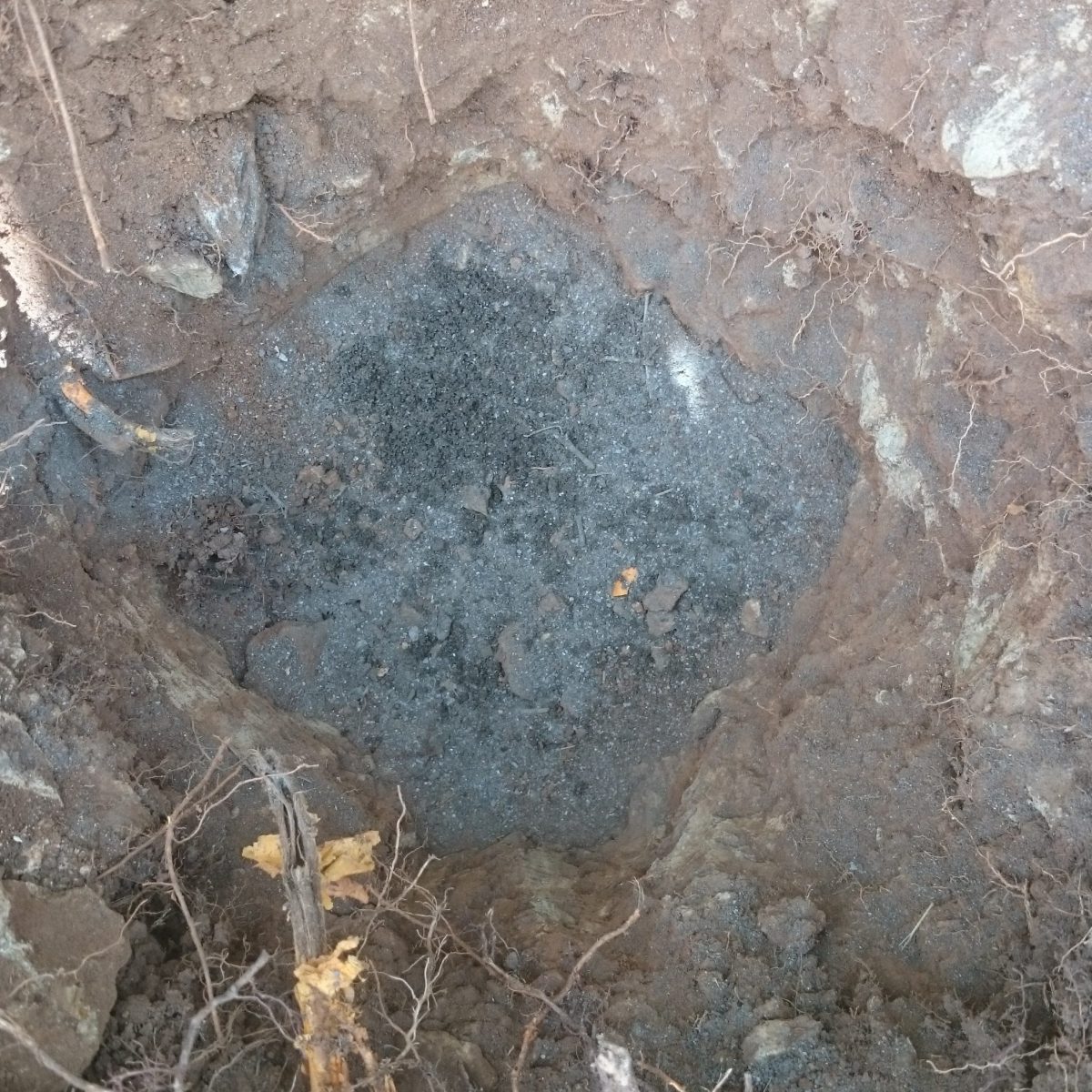
Reduce Water Usage
By using our products in your soil, we are adding the minerals that are missing, which improves soil structure. This allows more water into the

Good soil structure is achieved when a number of elements are brought into balance. Garden Mate provides essential biology and mineral elements for this to be accomplished.
Soil texture is often determined by the ratios of sand, silt, clay and organic matter in the soil. Importing soil for new garden beds can introduce new problems.
By using Garden Mate from the very beginning of garden bed preparation, you will find your own soil is able to produce high quality plants. It depends on whether you want an “instant” garden or you are happy to take a month or two to establish your garden.
Use Garden Mate to “condition” your soil, preferably 3-4 weeks before planting into a new garden bed. When planting into established garden beds use Garden Mate at planting. On established plants, spread over soil out to the drip line of the plant and water in.
Soil texture affects how well nutrients and water are retained in the soil. “Conditioning” your soil with Garden Mate prior to planting will allow pH adjustment very similar to applying Lime. Garden Mate replaces the need for Gypsum or Dolomite as it is more effective, and with the benefit of adding important minerals and trace elements.
However, there are a number of other advantages such as increased earthworm activity. In clayey soils, increased water penetration and better drainage will occur. In sandy soil, the leaching of moisture and nutrient will be reduced, so they are more available to your plants.
Another advantage is that the plants root system will be more robust which allows the plant to search a wider area of soil for nutrients and moisture. This means the plant will be healthier and better able to tolerate adverse conditions.
You are now ready to plant. All shrubs and trees (including fruit trees) enjoy Garden Mate being placed in the hole when they are planted. This ensures good drainage and encourages the roots to grow out into the surrounding soil.

By using our products in your soil, we are adding the minerals that are missing, which improves soil structure. This allows more water into the

All our products contain over 60 mineral elements. In the photosynthesis process with more minerals available the plant is now able to build complex sugars/carbohydrates

When a plant begins to show signs of deficiencies, insect or fungal attack, or even starts to look like its dying, this is a clear